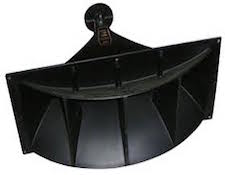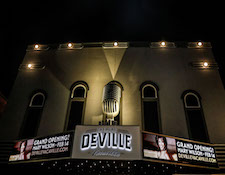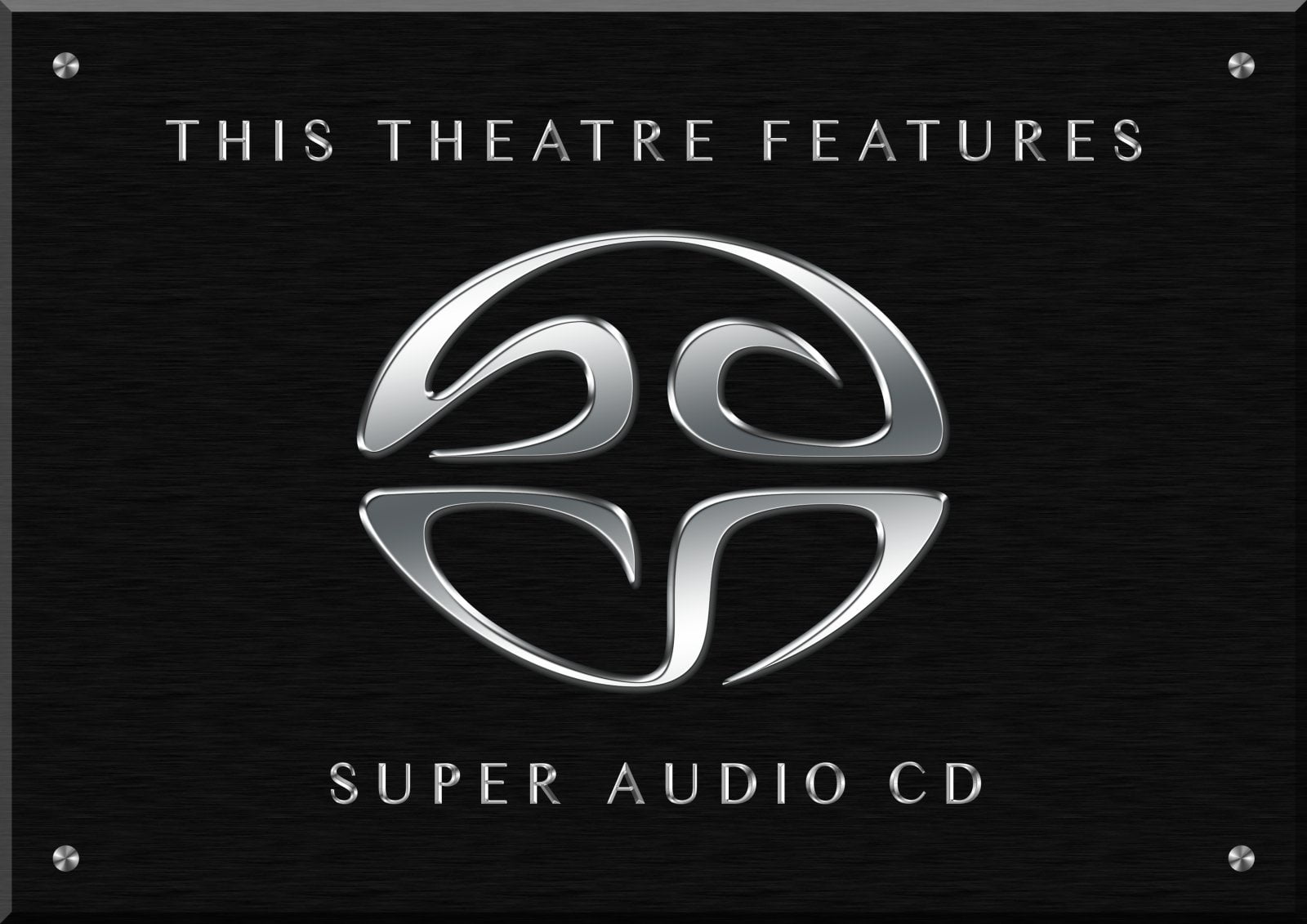It’s the time of year for saving money!
In the first installment of this new series, I told about how the invention of the triode vacuum tube had allowed, for the first time ever, for the electronic amplification of an audio signal, and about how that one seemingly small thing had opened the door for radio, the talking picture, and, indeed, the whole field of electronics.
 Because the initial amplifier designs were, like the first products of most new technologies, small – at least in output–and very simple, and because the movie theaters, concert venues, political rallies, and other events that they were called upon to provide sound for were large or even huge in their demand for sound, there very quickly came to be a strong and potentially very profitable market for products that could produce high levels of sound in big spaces.
Because the initial amplifier designs were, like the first products of most new technologies, small – at least in output–and very simple, and because the movie theaters, concert venues, political rallies, and other events that they were called upon to provide sound for were large or even huge in their demand for sound, there very quickly came to be a strong and potentially very profitable market for products that could produce high levels of sound in big spaces.
There were really only three ways that this could be accomplished — you could use multiple speakers and amplifiers to get big sound to a big place; you could build more powerful amplifiers; or you could build more sensitive (higher sonic output per Watt of input) speakers – and, as I told you, all three (and various combinations of them) were tried, with serious research and development applied particularly to making more powerful amplifiers and more sensitive speakers.
In the speaker area, the most common solution was to use horns — speakers that worked like a megaphone to focus and increase the effective volume level of the signal that was fed to them. Horns do a fine job of getting big sound levels from small output amplifiers, but, because they need both long length and a large effective “mouth” size in order to be able to produce bass frequencies, and because the deeper the bass, the bigger in both dimensions the horns had to be, horn speakers intended for full-range (music) applications tended to be either huge or limited in their lower bass capabilities.
 For theaters, concerts, sporting events, and political rallies, these limitations posed no problem; the venues, themselves, tended to be large, with plenty of room for even the biggest speakers, and, for movies, public address and even many sound reinforcement applications, bottom bass in the range of 50 to 60Hz or even higher was perfectly adequate.
For theaters, concerts, sporting events, and political rallies, these limitations posed no problem; the venues, themselves, tended to be large, with plenty of room for even the biggest speakers, and, for movies, public address and even many sound reinforcement applications, bottom bass in the range of 50 to 60Hz or even higher was perfectly adequate.
As I wrote last time, the initial horn speakers and the electronics to drive them – even the higher output amplifiers that came along by the 1950s – were just the products of engineers trying to solve the problem of making sounds loud enough that many people, in a big room or open area, could all hear them easily and at the same time. Audibility, rather than quality was the first goal, and those initial products tended to be simple not because of any desire for simplicity as such, but because they were the first products of a technology still in its infancy. Even so, comparing the progress made in electronics in just the 30 years after the invention of the first vacuum tube (by 1936, most homes had a radio, and even the smallest town was likely to have a movie theater showing talking pictures) to that made by the US space program in the 60 years after Sputnik, the achievement they represented was remarkable.
By the late 1940s, though, something different was starting to happen. For one thing, Avery Fisher (of Fisher Radio) invented the term “High Fidelity”, and someone else invented the term “audiophile”, and all-of-a-sudden, for a whole sector of the electronics industry, the goals changed, and sound QUALITY, rather than just loudness became a primary consideration.
The new Holy Grail became sound quality so good that it could, hopefully, fool the ear into thinking that the listener was experiencing a live performance by real musicians instead of just hearing a recording, no matter how well done or well reproduced.
To achieve that, the new audiophiles initially sought out the very best professional equipment available ― the same as, or as close as possible to what was used by the movie theaters, radio stations, and recording studios of the day – and, to their surprise, found that it had problems for home use.
 For one thing, the “all-horn” speakers that provided sufficient bass for theaters or other public venues were simply too big for use at home. The solution for this was the “folded horn” type of enclosure invented by Paul Klipsch in the mid-1940s, (Two good examples of this are, of course, the Klipschorn and the Electro-Voice Patrician) which instead of having the massive full length of the bass horn going straight like some giant alpenhorn, bent and “folded” it around to fit into a much smaller space, and then, to achieve the huge mouth size necessary for the lowest frequencies, placed the whole speaker enclosure into the corner of the listening room in such a way that the two corner walls and the floor and ceiling of the room became effective parts of the horn and gave it the large mouth size it needed. Even so, and even though, with its optional 18 inch woofer (they were eventually available up to 30 inches) the big Electro-voice Patricians were claimed to go all the way down to a satisfying 35Hz, in most home listening rooms and with the “standard” 15 inch woofer, they seldom actually got down much below a real and dynamic, but far less impressive 50Hz.
For one thing, the “all-horn” speakers that provided sufficient bass for theaters or other public venues were simply too big for use at home. The solution for this was the “folded horn” type of enclosure invented by Paul Klipsch in the mid-1940s, (Two good examples of this are, of course, the Klipschorn and the Electro-Voice Patrician) which instead of having the massive full length of the bass horn going straight like some giant alpenhorn, bent and “folded” it around to fit into a much smaller space, and then, to achieve the huge mouth size necessary for the lowest frequencies, placed the whole speaker enclosure into the corner of the listening room in such a way that the two corner walls and the floor and ceiling of the room became effective parts of the horn and gave it the large mouth size it needed. Even so, and even though, with its optional 18 inch woofer (they were eventually available up to 30 inches) the big Electro-voice Patricians were claimed to go all the way down to a satisfying 35Hz, in most home listening rooms and with the “standard” 15 inch woofer, they seldom actually got down much below a real and dynamic, but far less impressive 50Hz.
When, as time went by and amplifiers got bigger (like the 30 Watt McIntosh MC-30, for example, introduced in 1954), different bass solutions became available: Things like the “infinite baffle” (a BIG closed box) Bozak B-310, another large but NOT horn-loaded speaker that was, even in the early 1950s, able to produce a real 24 HZ (!) in an ordinary living room, or the later Acoustic Research AR-1, that used “acoustic suspension” (a very SMALL closed box) to make 30Hz from something not too much bigger than the average “bookshelf” speaker. Both of these were easily able to make far better and far deeper bass than earlier horn-type speakers, but both were also far less sensitive than horns, and required far more power to achieve the same volume levels.
 When stereo LP records came along in 1957 (Stereo recording had been around since the 1930, when Western Electric had first experimented with it, and the Walt Disney classic film Fantasia [1936] even had its sound track recorded in six channel optical stereo) a whole new set of parameters arose that drove – at least temporarily – the nails into the coffin of most of the speakers then available, including the horns. I’ll write about that next time.
When stereo LP records came along in 1957 (Stereo recording had been around since the 1930, when Western Electric had first experimented with it, and the Walt Disney classic film Fantasia [1936] even had its sound track recorded in six channel optical stereo) a whole new set of parameters arose that drove – at least temporarily – the nails into the coffin of most of the speakers then available, including the horns. I’ll write about that next time.
See you then





